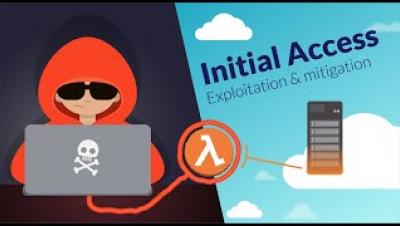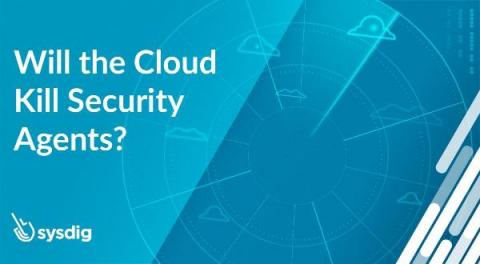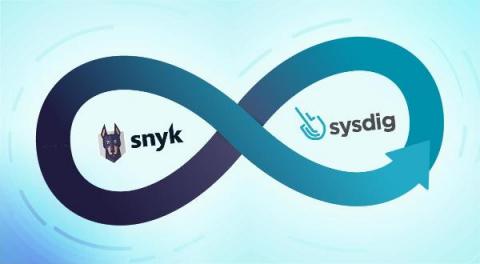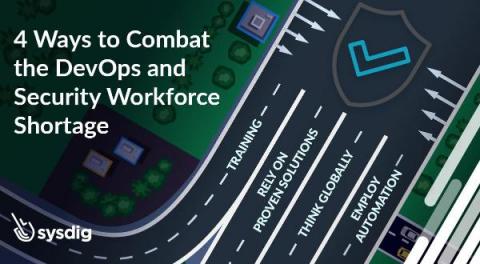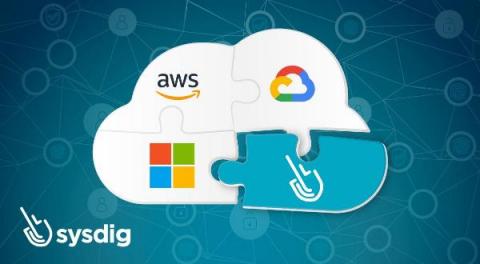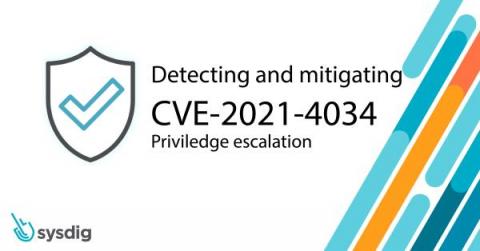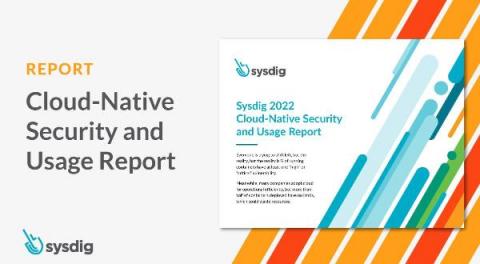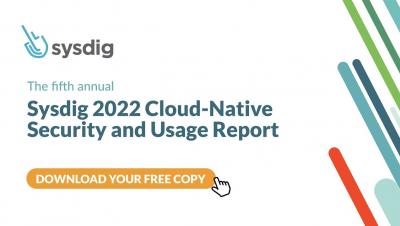Why is MFA important to your cloud account
Recently, we have been facing a recurring problem related to cloud security – breaches based on credentials leak or breakage. Users tend to log into their accounts using a single factor system, such as a user and password combination. This introduces a single point of failure in your account’s security. Weeks ago, we read a tweet about a person dealing with a huge AWS bill due to a stolen key that was taken by attackers to use AWS Lambda functions for crypto mining.




